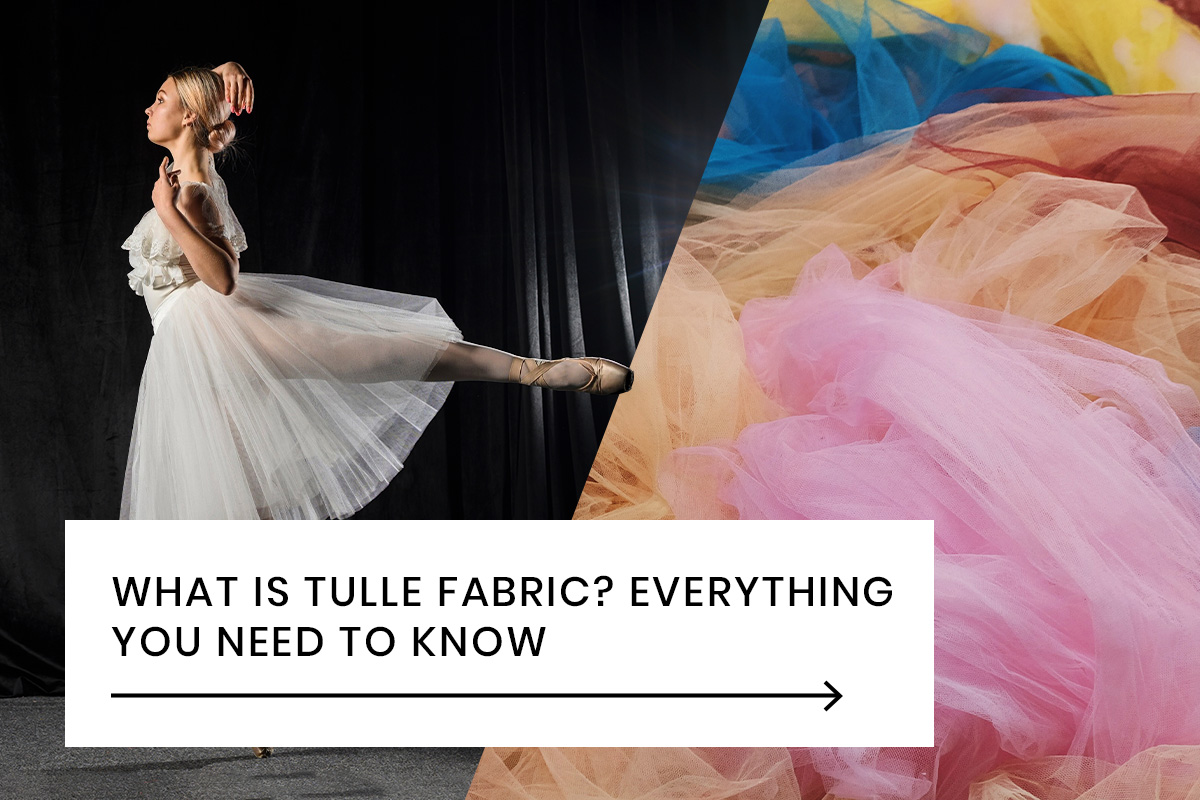Fashion design is an ever-evolving art form, reflecting changes in culture, technology, and society. From the intricate designs of the Victorian era to the minimalistic trends of today, the journey of fashion has been both fascinating and transformative. Let’s delve into this journey, exploring how fashion has evolved from vintage to contemporary times.
The Beginnings: Victorian Elegance
The Victorian era (1837-1901) was characterized by elaborate and highly structured clothing. Women\’s fashion featured corsets, crinolines, and bustles, creating an exaggerated hourglass silhouette. Fabrics were luxurious, with heavy use of lace, velvet, and silk, often adorned with intricate embroidery and beadwork. Men\’s fashion, though less extravagant, was equally detailed, with frock coats, waistcoats, and top hats being the norm. The emphasis was on modesty, elegance, and refinement.
The Roaring Twenties: Flapper Revolution
The 1920s marked a dramatic shift in fashion, reflecting the social changes of the post-World War I era. The flapper dress, with its loose fit, dropped waist, and shorter hemline, epitomized the new, liberated woman. Jazz music, speakeasies, and a general sense of rebellion against traditional norms influenced fashion. Men\’s suits became less formal, with baggier pants and slimmer jackets. The emphasis was on freedom of movement and breaking away from the constraints of the past.
Mid-Century Modern: The Golden Age of Couture
The mid-20th century saw the rise of iconic fashion designers like Christian Dior, Coco Chanel, and Yves Saint Laurent. Dior\’s \”New Look\” in 1947, with its cinched waist and full skirt, brought back an air of femininity after the austerity of the war years. Chanel’s tweed suits and little black dress became timeless staples, emphasizing simplicity and elegance. Men’s fashion also saw changes with the introduction of the slim-fit suit and the casual style revolution of the 1950s, popularized by icons like James Dean and Elvis Presley. This era emphasized glamour, sophistication, and an appreciation for high craftsmanship.
The Swinging Sixties to Bohemian Seventies
The 1960s and 1970s were periods of radical change and experimentation in fashion. The 60s introduced mod fashion, characterized by bold colors, geometric patterns, and shorter hemlines, popularized by designers like Mary Quant and icons like Twiggy. The hippie movement of the late 60s and early 70s brought bohemian styles to the forefront, with flowing fabrics, bell-bottoms, and ethnic prints. Fashion became a medium for self-expression and social commentary, reflecting the decade’s political and cultural upheavals.
The Bold Eighties to Minimalist Nineties
The 1980s were all about excess and bold statements. Power dressing, with shoulder pads and oversized blazers, defined the decade. Bright colors, metallics, and bold prints were ubiquitous. Designers like Jean-Paul Gaultier and Vivienne Westwood pushed boundaries with their avant-garde creations. The 1990s, in stark contrast, embraced minimalism. The grunge movement, with its flannel shirts and ripped jeans, and the rise of supermodels like Kate Moss, who epitomized the “heroin chic” look, defined the decade’s aesthetic. Fashion became more understated, focusing on clean lines and a neutral palette.
The New Millennium: Digital Age and Fast Fashion
The 2000s and 2010s saw the rise of fast fashion, with brands like Zara and H&M making runway trends accessible to the masses at a rapid pace. The digital age transformed fashion, with social media platforms like Instagram becoming crucial for trendsetting and marketing. Sustainable fashion began gaining traction as a response to the environmental impact of fast fashion. Designers like Stella McCartney and brands like Patagonia championed eco-friendly practices. Technology also played a significant role, with innovations like 3D printing and wearable tech becoming part of the fashion narrative.
Contemporary Fashion: A Blend of Past and Future
Today’s fashion is a blend of past influences and future-forward thinking. Vintage styles are continually revisited and reinvented, with a modern twist. The emphasis on sustainability is stronger than ever, with many designers prioritizing ethical practices and materials. Fashion is increasingly inclusive, with a focus on diversity in body types, gender identities, and cultural backgrounds. Technology continues to shape fashion, from virtual runways to AI-designed clothing.
Conclusion
The evolution of fashion design is a testament to its dynamic nature and its ability to adapt and reflect the times. From the elaborate designs of the Victorian era to the contemporary blend of vintage and modern, fashion remains a powerful form of self-expression and cultural commentary. As we look to the future, the possibilities for innovation and creativity in fashion are boundless, promising an exciting journey ahead.
Whether you’re a fashion enthusiast or just curious about its history, understanding the evolution of fashion helps us appreciate the artistry and thought that goes into every piece of clothing. Here’s to celebrating the past, present, and future of fashion design!





